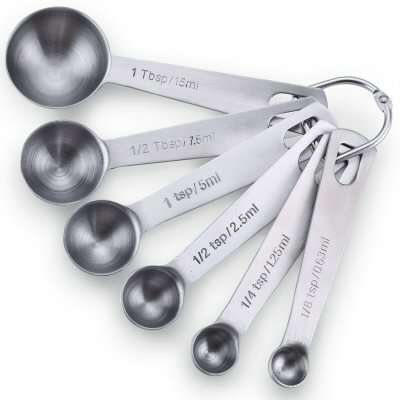I grew up learning standard and I have a much easier time imagining pounds, cups, miles and so on. I get too confused over metric, as in which is larger, a centimeter or a millimeter (in my mind, they both look the same).
I am a car guy, to the bone. Tires use the PMetric system for sizes. So, I know the section width difference between a 205 and a 215 is roughly 3/8 of an inch. I also know the other two numbers. One is a percentage, and the other is in inches. So, you have metric, a percentage and inches all in one tire size, unless you have a mid-1980s Ferrari, or Mustang/Thunderbird SVO with the Michelin TRX tires, where it is all metric and percentage. That system didn't last long.
My head is full of useless knowledge like that. But, if you ever want to know, for some reason, what those numbers and letters on your tires mean, I'm you guy.
CD
Last edited:

 , use one over the other?
, use one over the other?


